I'll never forget my first taste of Rellenong Manok at a town fiesta in Batangas. My Tita Marilyn brought this golden-brown masterpiece to the potluck, and the moment she sliced into it, revealing perfect spirals of seasoned meat and those surprise hard-boiled eggs, the entire crowd gathered around her dish.
I'd seen my share of impressive party food, but this Filipino stuffed chicken was different. It took me years to finally master my Tita's rellenong manok recipe. And yes, while deboning the chicken tested my patience (and probably my faith!) those first few times, the proud smile on my Nanay's face when I served my own version during Noche Buena made it all worth it.
This Filipino stuffed chicken recipe might look intimidating, but I'll guide you through each step to create this show-stopping Filipino holiday centerpiece that's become my family's most requested celebration dish.
Jump to:
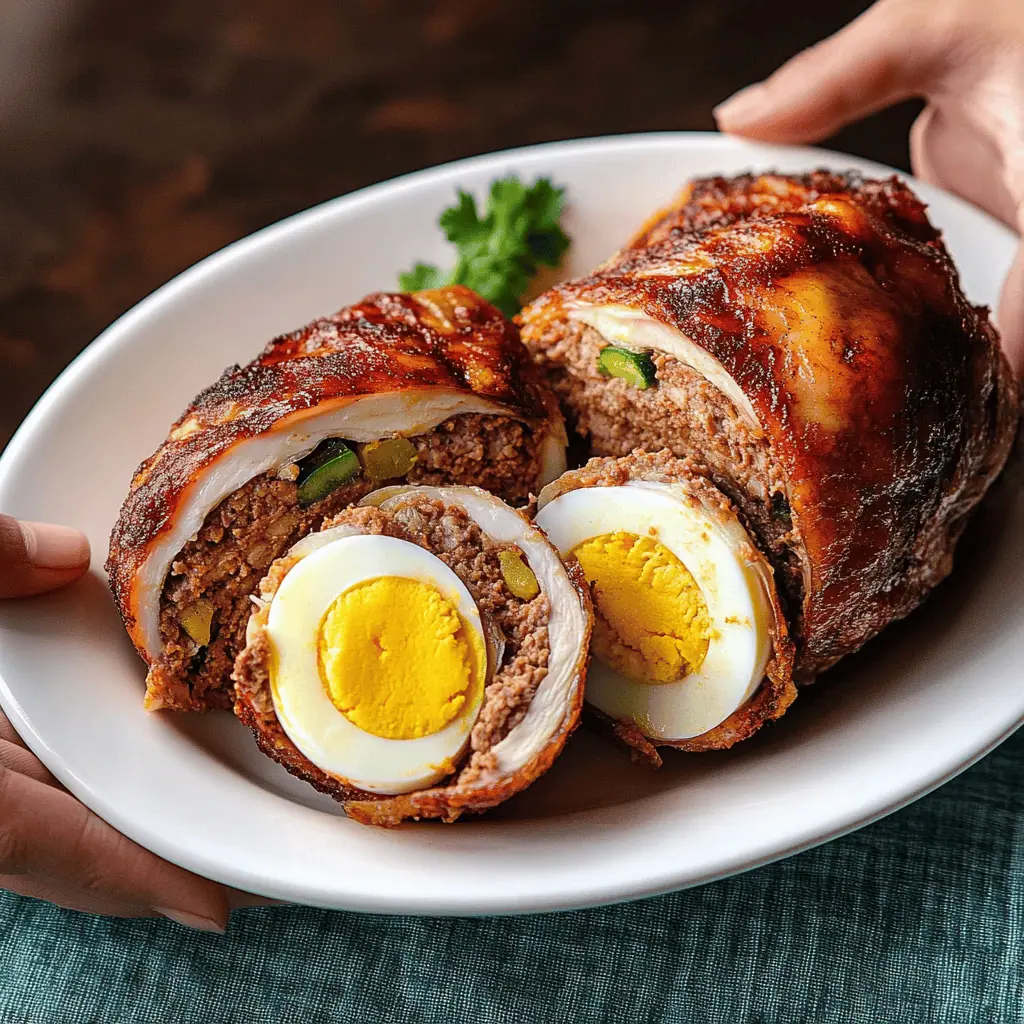
Why You'll Love This Recipe
- Perfect centerpiece dish for special occasions (Noche Buena, Christmas, New Year)
- Impressive presentation that's actually achievable at home
- Make-ahead friendly components
- Versatile recipe that can be customized
- Rich, savory flavors with a surprise center
- Feeds a crowd elegantly
Ingredients
Each component in this recipe serves a special purpose: the calamansi juice tenderizes the chicken while soy sauce adds depth. The stuffing combines ground pork for richness with sweet elements (pineapple, raisins) to balance savory flavors.
Cheese adds creaminess, while hard-boiled eggs create a beautiful centerpiece when sliced. The mayonnaise coating ensures a beautifully golden, crisp exterior that seals in moisture.
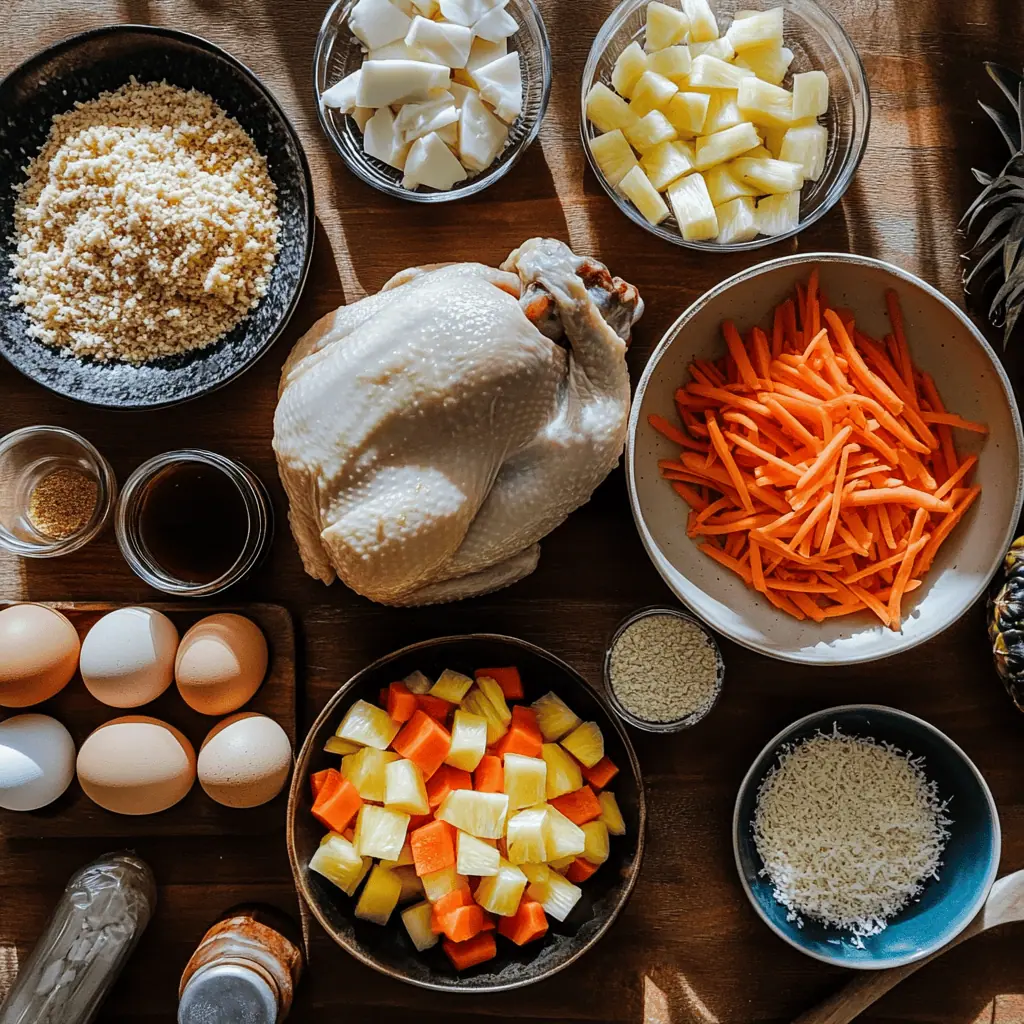
For the Chicken:
- 1 whole chicken (4-5 lbs) - Use air-chilled for better texture
- ½ cup calamansi juice or lemon juice
- 2 tablespoons soy sauce
- ⅛ teaspoon black pepper
- ¼ cup mayonnaise
- 2 tablespoons melted butter
For the Stuffing:
- 1½ lbs ground pork
- 1 cup crushed pineapple, drained
- 1 large onion, finely grated
- 1 large carrot, finely shredded
- ¼ cup breadcrumbs
- 1 cup sharp cheddar cheese, shredded
- 1 cup raisins
- ¼ cup banana ketchup
- 3 large eggs, beaten
- 3 hard-boiled eggs
- 2 teaspoons salt
- 1 teaspoon black pepper
Equipment
- Sharp boning knife - Essential for carefully deboning the chicken without tearing the skin
- Kitchen twine - Secures the chicken's shape during cooking for even results
- Meat thermometer - Ensures food safety by confirming proper internal temperature
- Large mixing bowl - For marinating and mixing filling components
- Roasting pan with rack - Allows even heat circulation around the entire chicken
- Needle and cotton thread - For sewing openings to keep filling secure
- Food processor (optional) - Makes grinding and mixing ingredients faster and more uniform
- Aluminum foil - For tenting if the skin browns too quickly
- Pastry brush - Ensures even distribution of mayonnaise and butter coating
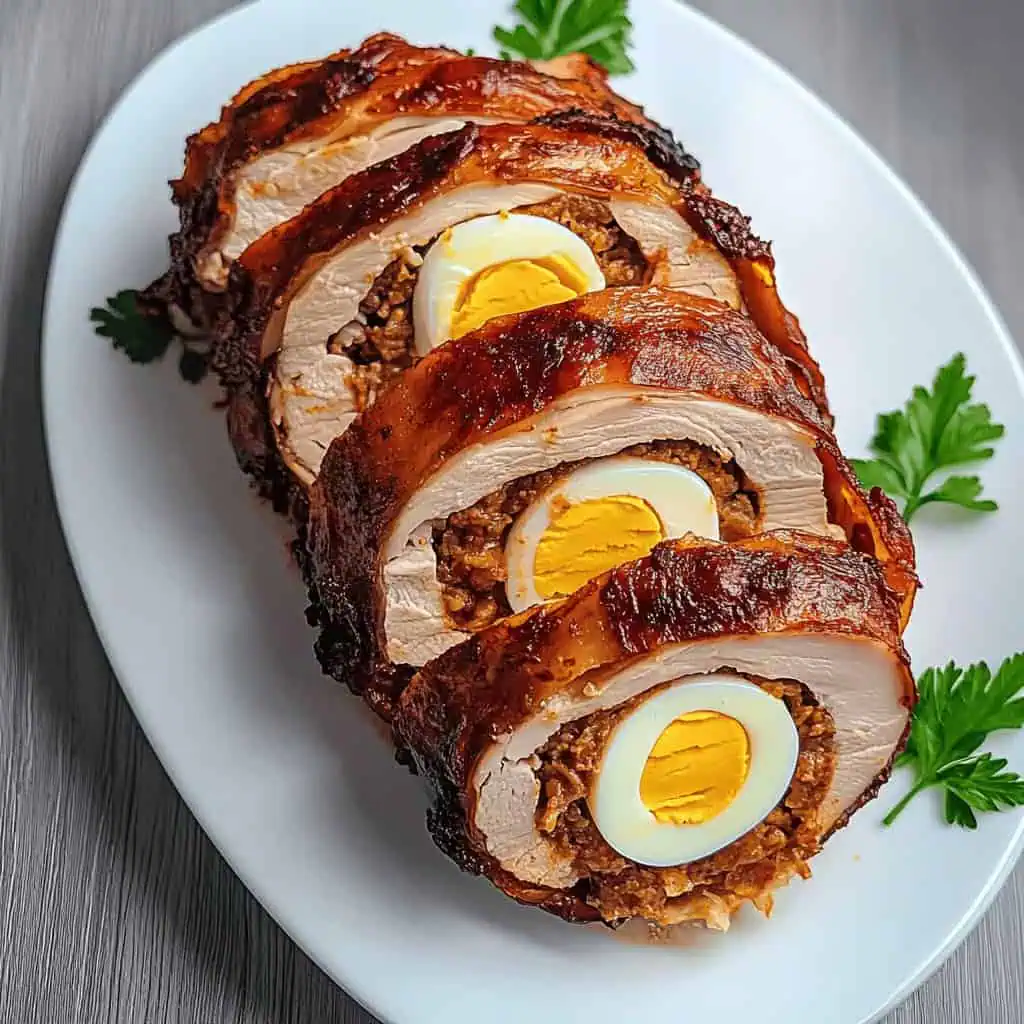
How To Make
- Begin by deboning the chicken at room temperature (25°C). Place chicken breast-side down and carefully separate meat from bones while keeping skin intact. Reserve carcass for stock.
- Mix marinade of calamansi juice, soy sauce, and pepper. Marinate chicken in refrigerator (4°C) for 1 hour.
- While chicken marinates, prepare the stuffing: Combine ground pork, drained crushed pineapple, grated onion, shredded carrot, breadcrumbs, cheese, raisins, banana ketchup, beaten eggs, salt, and pepper. Mix thoroughly but gently. Keep mixture cold, below 4°C.
- Pat marinated chicken dry. Stuff with half the meat mixture, place hard-boiled eggs in center, then add remaining stuffing. Sew openings closed and tie legs together.
- Preheat oven to 190°C (375°F). Brush chicken with mayonnaise. Place in roasting pan and cook for 1.5 hours.
- In the final 20 minutes, baste with melted butter. Check internal temperature reaches 74°C (165°F) for food safety.
- Let rest for 15 minutes before slicing. When reheating, ensure temperature reaches 74°C (165°F) throughout.

Tips from Lola's Kitchen
- Easier Deboning: Freeze chicken for 30 minutes before deboning - makes it firmer and easier to handle
- Flavor Boost: Add 1 tablespoon of finely minced garlic to the stuffing for extra Filipino flavor
- Moisture Control: Place a pan of water in the bottom of the oven while roasting to prevent drying
- Color Enhancement: Add 1 teaspoon of atsuete oil to the mayonnaise for a more golden color
- Better Sauce: Save the drippings for making a delicious gravy to serve alongside
- Test the Filling: Cook a small patty of the filling to test seasoning before stuffing the chicken
- Even Cooking: Let the stuffed chicken come to room temperature for 30 minutes before baking
- Presentation: Use a sharp knife and gentle pressure when slicing to maintain the beautiful spiral pattern
Substitutions
- Calamansi Juice: Use lemon or lime juice in equal amounts
- Ground Pork: Substitute ground chicken or turkey for a lighter version
- Banana Ketchup: Mix tomato ketchup with 1 tablespoon sugar for similar sweetness
- Sharp Cheddar: Try queso de bola, processed cheese, or any good melting cheese
- Raisins: Chopped dried apricots or cranberries add interesting flavor variations
- Breadcrumbs: Use crushed crackers or panko for different texture
- Mayonnaise: Greek yogurt mixed with a little oil works for a lighter coating
Troubleshooting
- Stuffing Falls Apart: Add more breadcrumbs or one beaten egg to bind the mixture better
- Skin Tears During Deboning: Patch with chicken skin from wings or neck areas, or use small pieces of aluminum foil during baking
- Too Dark Too Quick: Tent with foil and reduce temperature to 165°C to prevent burning while ensuring thorough cooking
- Stuffing Not Cooking Through: Make sure to check temperature in the center of the stuffing, not just the chicken meat
- Difficulty Sewing the Openings: Use toothpicks as an alternative to sewing, or create a tighter chicken "envelope" by overlapping skin
Storage & Reheating
Storage:
- Refrigerator: 3-4 days in an airtight container
- Freezer: Up to 2 months, well-wrapped to prevent freezer burn
- Store any sauce separately to maintain quality
Reheating:
- Oven Method (Best): Heat at 175°C (350°F) for 20-25 minutes Add 60ml chicken broth for moisture Cover with foil until the last 5 minutes
- Microwave (Quick): Use 70% power for 3-4 minutes per portion Cover with a damp paper towel to retain moisture Let stand for 1 minute before serving
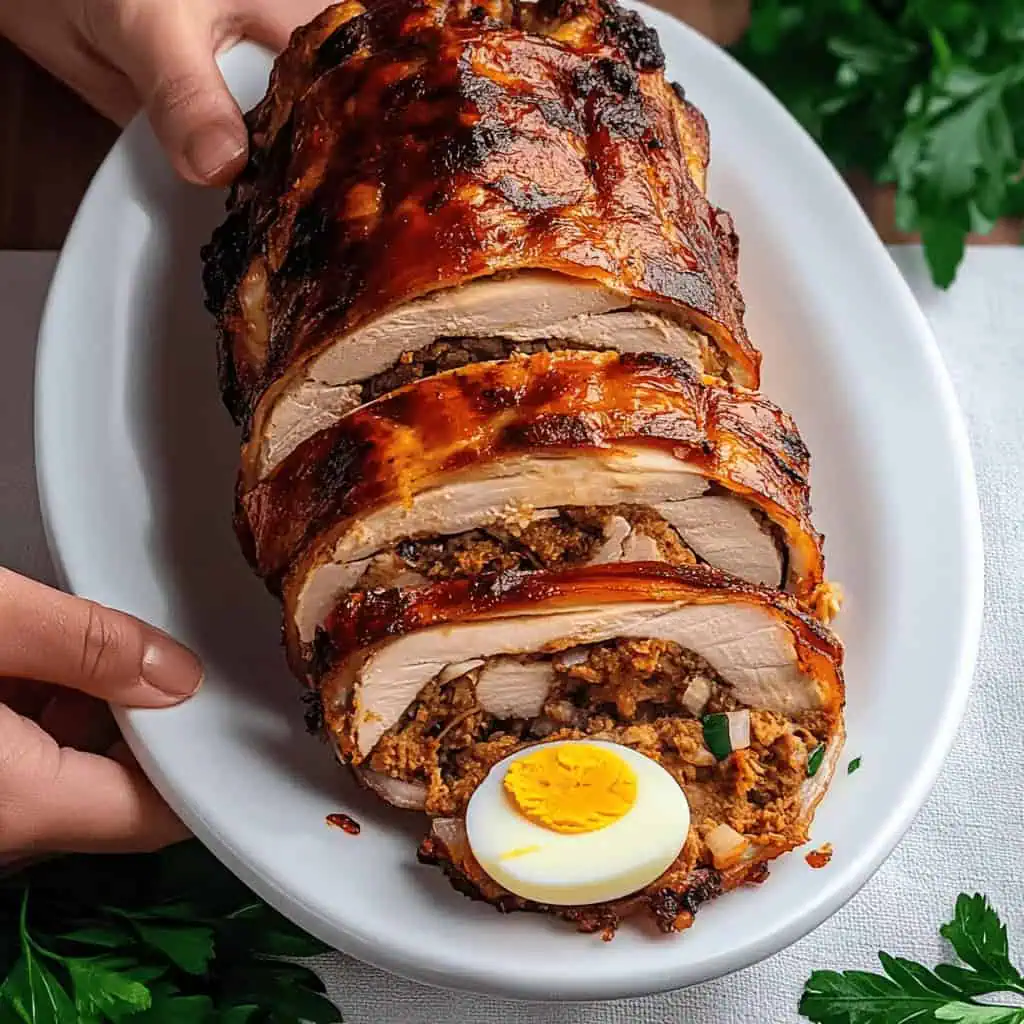
FAQ
Can I prepare this in advance?
Yes! Debone the chicken and prepare the stuffing up to 24 hours ahead. Store separately in the refrigerator and stuff just before cooking for best results.
How do I know if it's fully cooked?
Use a meat thermometer - both chicken and stuffing should reach 74°C (165°F). The juices should run clear, not pink, when pierced.
Can I freeze the leftovers?
Yes, freeze for up to 2 months in airtight containers. Thaw overnight in the refrigerator before reheating.
What's the best way to prevent dry meat?
Don't overcook, use a thermometer, baste regularly, and let rest before slicing. The water pan in the oven also helps maintain moisture.
Can I use a different type of meat for stuffing?
Yes, ground chicken or turkey work well as alternatives. You can also mix in some chorizo for extra flavor.
Is it possible to make a smaller version?
Absolutely! You can use a large chicken breast instead of a whole chicken. Butterfly it, pound thin, add filling, roll up, and adjust cooking time accordingly.
What sides pair well with Rellenong Manok?
Traditional Filipino sides include steamed rice, pancit (noodles), buttered vegetables, or a fresh ensalada (tomato and onion salad).
Can I stuff the chicken the night before cooking?
For food safety reasons, it's better to keep the chicken and stuffing separate until a few hours before cooking. This prevents bacterial growth in the center of the stuffing.
Related
Looking for other recipes like this? Try these:
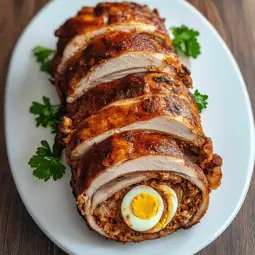
Rellenong Manok (Filipino Stuffed Chicken)
Equipment
- Sharp boning knife (kutsilyo na pag-debone) Essential for careful deboning
- Kitchen twine (pamtali) Secures the chicken's shape
- Meat thermometer Ensures food safety
- Large mixing bowl For marinating and mixing filling
- Roasting pan with rack Allows even heat circulation
- Needle and cotton thread For sewing openings
- Food processor (optional) Makes grinding ingredients easier
- Aluminum foil For tenting if needed
- Pastry brush For even basting
Ingredients
For the Chicken:
- 1 whole chicken 4-5 lbs - Use air-chilled for better texture
- ½ cup calamansi juice or lemon juice
- 2 tablespoons toyo soy sauce
- ⅛ teaspoon paminta black pepper
- ¼ cup mayonnaise
- 2 tablespoons melted butter
For the Stuffing (Palaman):
- 1½ lbs ground pork
- 1 cup crushed pineapple drained
- 1 large sibuyas onion, finely grated
- 1 large carrot carrot, finely shredded
- ¼ cup breadcrumbs
- 1 cup sharp cheddar cheese shredded
- 1 cup pasas raisins
- ¼ cup banana ketchup
- 3 large eggs beaten
- 3 hard-boiled eggs
- 2 teaspoons asin salt
- 1 teaspoon paminta black pepper
Instructions
- Begin by deboning the chicken at room temperature (25°C). Place chicken breast-side down and carefully separate meat from bones while keeping skin intact (Ilagay ang manok nang pataob at maingat na ihiwalay ang laman sa buto habang iniingatan ang balat). Reserve carcass for stock.
- Mix marinade of calamansi juice, soy sauce, and pepper. Marinate chicken in refrigerator (4°C) for 1 hour (Ihalo ang katas ng kalamansi, toyo, at paminta. Ibabad ang manok ng isang oras sa refrigerator).
- While chicken marinates, prepare the stuffing (Ihanda ang palaman): Combine ground pork, drained crushed pineapple, grated onion, shredded carrot, breadcrumbs, cheese, raisins, banana ketchup, beaten eggs, salt, and pepper. Mix thoroughly but gently. Keep mixture cold, below 4°C (Paghaluin nang maingat ang lahat ng sangkap at panatilihing malamig).
- Pat marinated chicken dry. Stuff with half the meat mixture, place hard-boiled eggs in center, then add remaining stuffing (Punasan ang manok at ilagay ang kalahating bahagi ng palaman, ilagay ang matigas na itlog sa gitna, at idagdag ang natitirang palaman). Sew openings closed and tie legs together.
- Preheat oven to 190°C (375°F). Brush chicken with mayonnaise (Pahiran ng mayonnaise ang manok). Place in roasting pan and cook for 1.5 hours (Ilagay sa roasting pan at lutuin ng 1.5 oras).
- In the final 20 minutes, baste with melted butter (Sa huling 20 minuto, pahiran ng tunaw na mantikilya). Check internal temperature reaches 74°C (165°F) for food safety (Siguraduhing umabot sa 74°C ang init sa loob).
- Let rest for 15 minutes before slicing (Palamigin ng 15 minuto bago hiwahin). When reheating, ensure temperature reaches 74°C (165°F) throughout.
Tips from Lola's Kitchen
- Secret sa Pagde-debone (Deboning Secret): Freeze chicken for 30 minutes before deboning - makes it firmer and easier to handle
- Lasa ng Palaman (Filling Flavor): Add 1 tablespoon of finely minced garlic for extra Filipino flavor
- Para Hindi Matuyo (Moisture Control): Place a pan of water in the bottom of the oven while roasting
- Magandang Kulay (Color Enhancement): Add 1 teaspoon of atsuete oil to the mayonnaise for a more golden color
- Mas Masarap na Sauce (Better Sauce): Save the drippings for gravy
Nutrition
The Story Behind Rellenong Manok (Filipino Stuffed Chicken)
The word "relleno" (spelled "relyeno" in Filipino) comes from the Spanish word meaning "stuffed" or "filled," a lasting reminder of over three centuries of Spanish colonial influence on Filipino cuisine. While the Spanish brought their technique of stuffing meats, Filipinos made it uniquely their own by incorporating native ingredients and local cooking methods to create dishes like Rellenong Manok (stuffed chicken), Rellenong Bangus (stuffed milkfish), and Rellenong Pusit (stuffed squid).
In Filipino households, particularly during the Spanish colonial period, the ability to serve Rellenong Manok became a symbol of culinary expertise and social status. The tedious process of deboning a whole chicken while keeping the skin intact was considered an art form, often passed down through generations. The dish gained prominence during the American period when refrigeration became more common, allowing families to prepare this labor-intensive dish ahead of special occasions.
Today, Rellenong Manok holds a special place in Filipino celebration cuisine, especially during Christmas (Noche Buena), New Year's Eve (Media Noche), and town fiestas. Each region has its own variation—some areas in Pampanga add chorizo to the stuffing, while certain parts of the Visayas incorporate local herbs like tanglad (lemongrass). In modern Filipino-American households, adaptations might include ingredients like cranberries or chestnuts during the holiday season, showing how the dish continues to evolve while maintaining its cultural significance.
What makes Rellenong Manok truly special is how it embodies the Filipino spirit of "pagmamahal sa pagluluto" (love for cooking). The time and effort required to prepare this dish make it more than just food—it's a labor of love, often reserved for cherished family gatherings and celebrations. When a home cook masters this recipe, it becomes a source of pride, much like earning a badge of honor in Filipino cooking.
This recipe has remained relevant even in today's fast-paced world, where convenience often trumps tradition. Food bloggers, vloggers, and modern Filipino chefs continue to share their versions online, introducing this classic dish to new generations while preserving the techniques that make it special. Whether served in a humble family gathering or a grand celebration, Rellenong Manok continues to be a testament to the sophistication and complexity of Filipino cuisine.
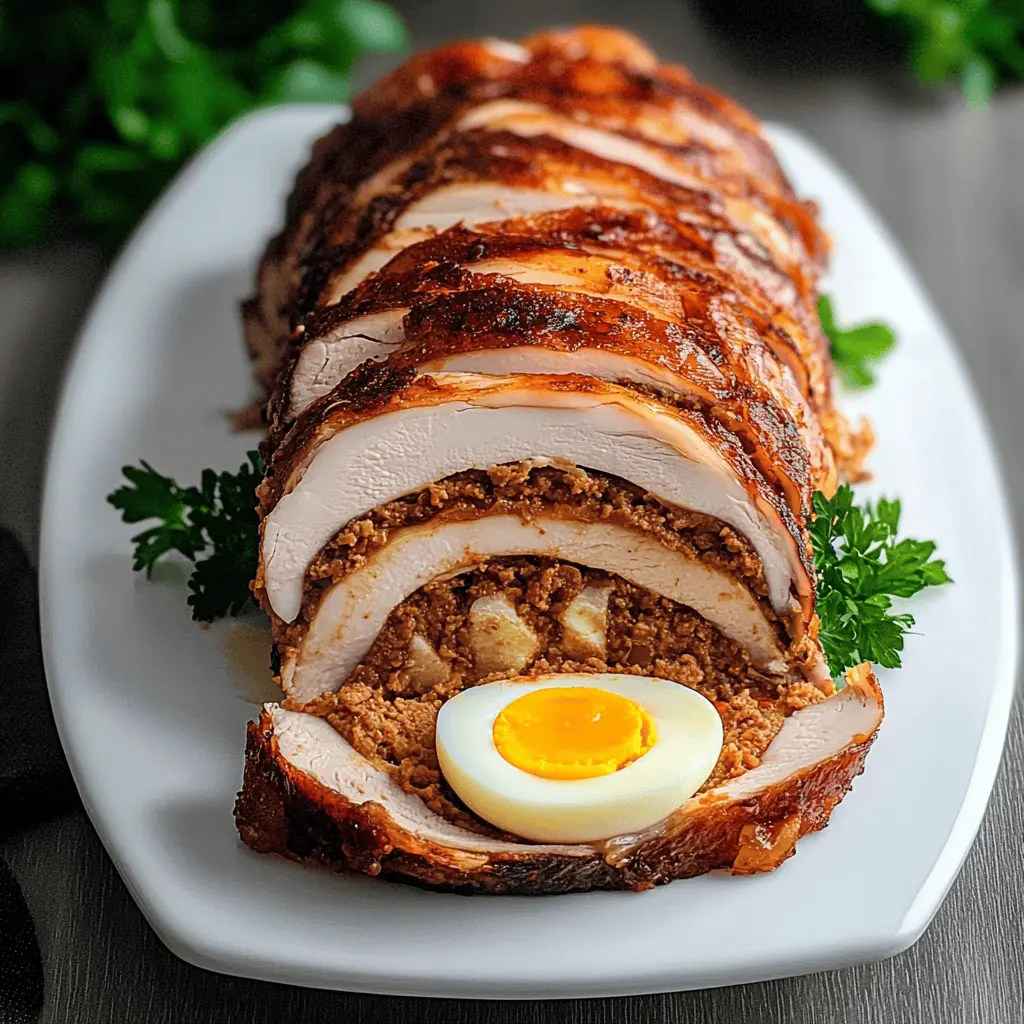

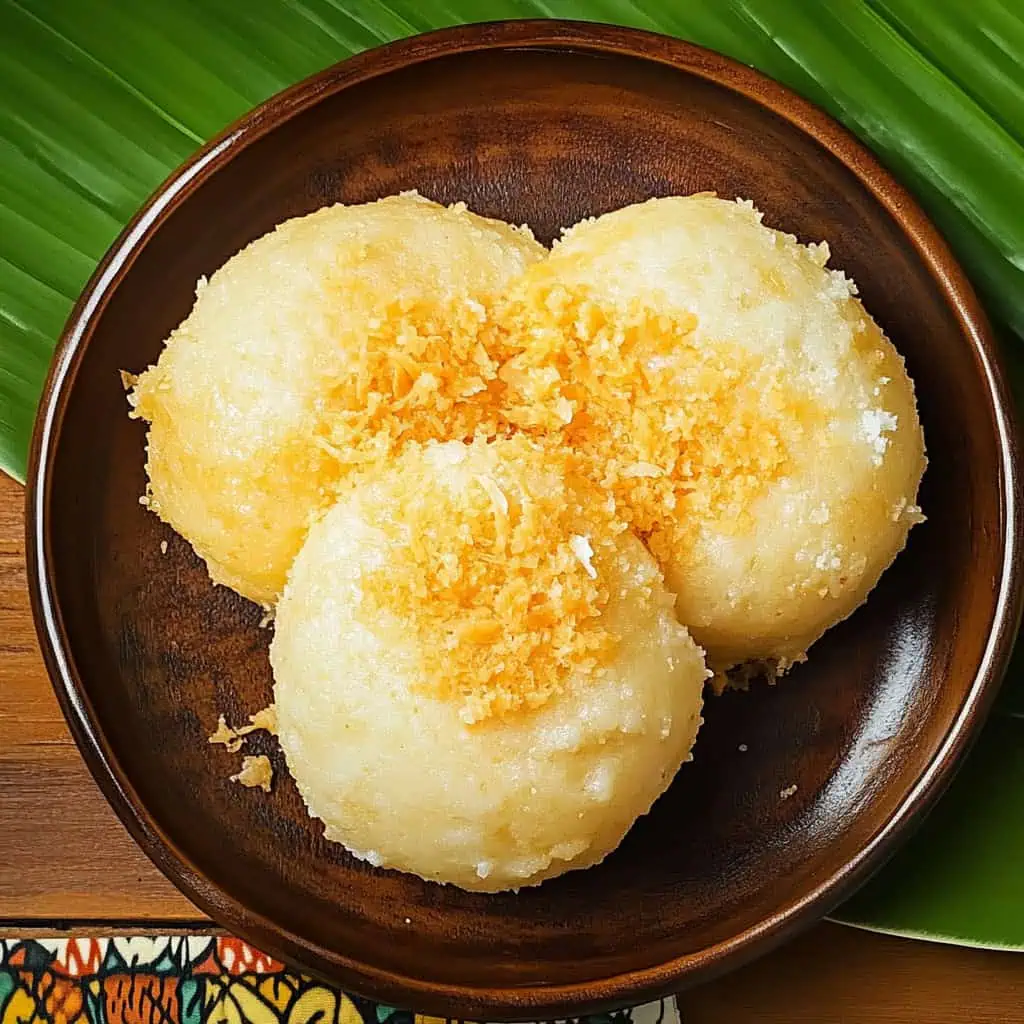
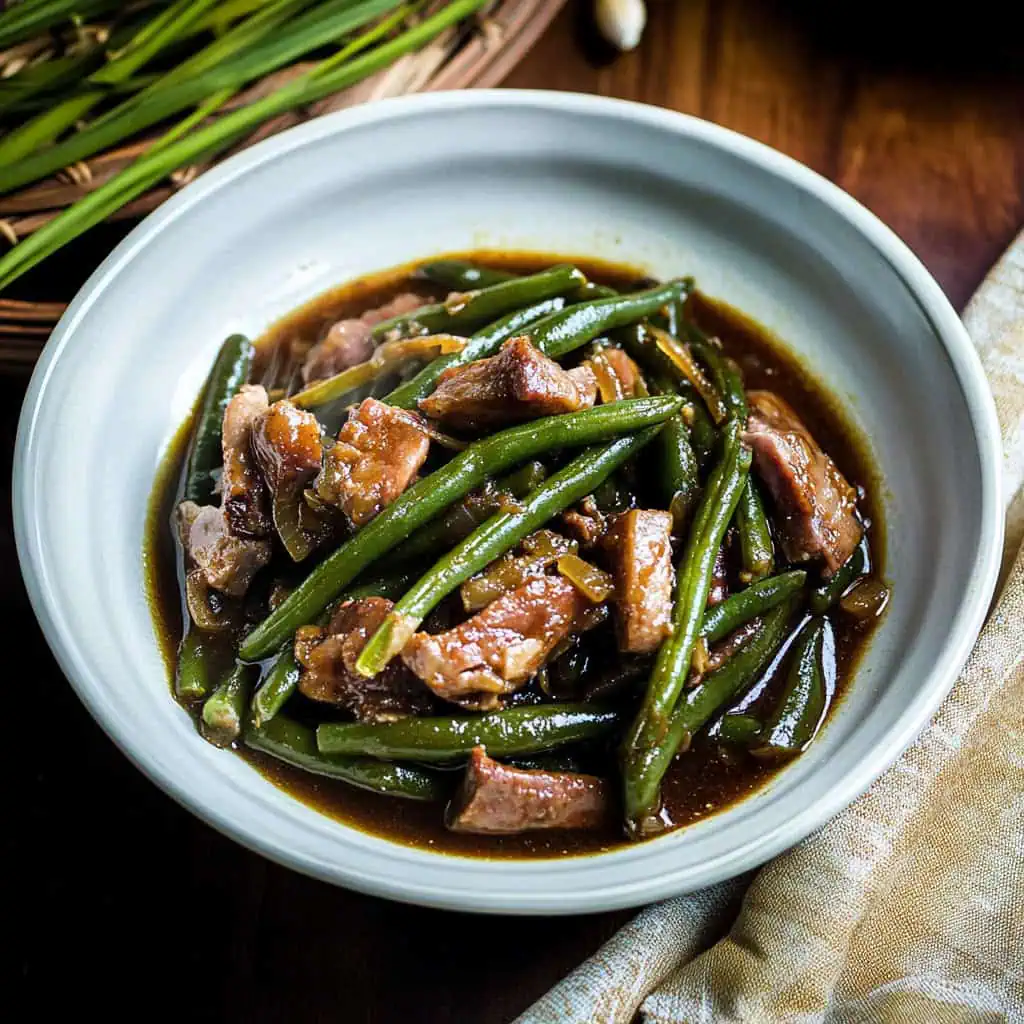

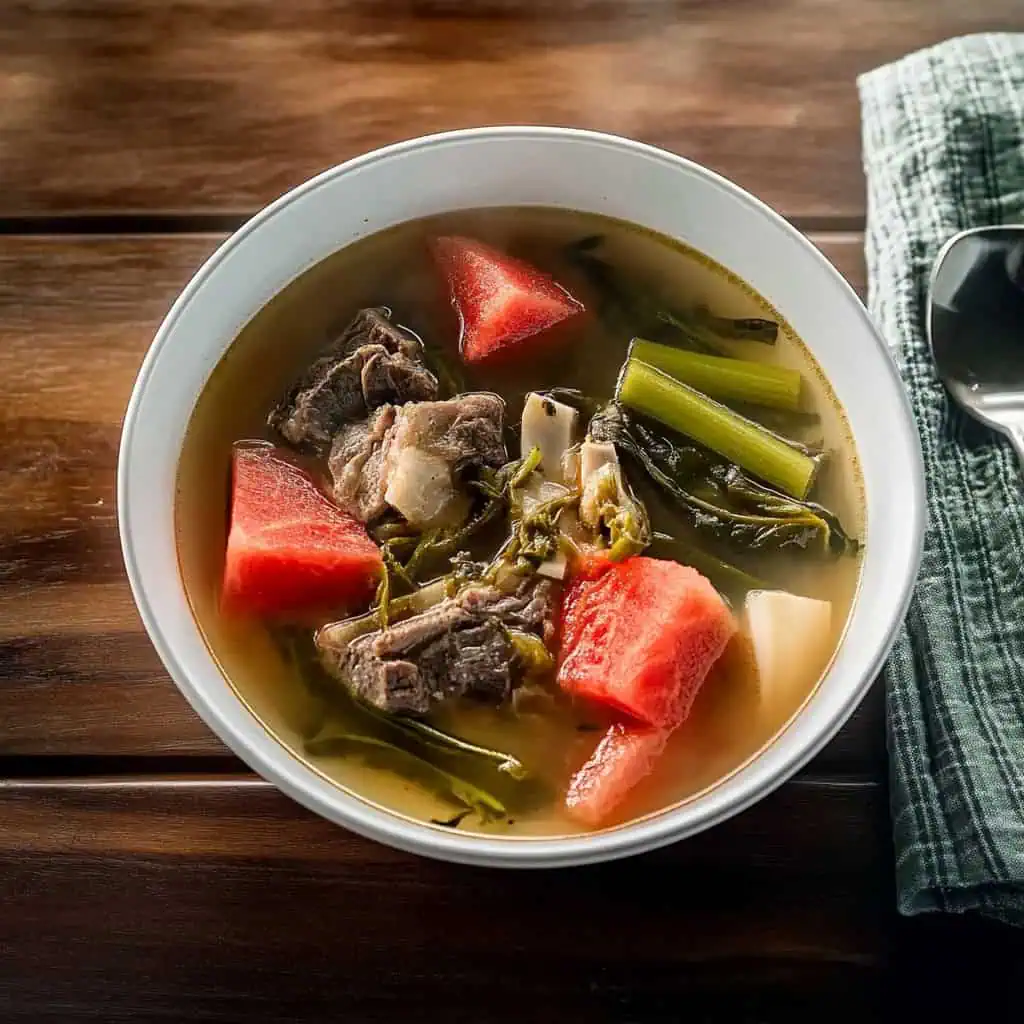
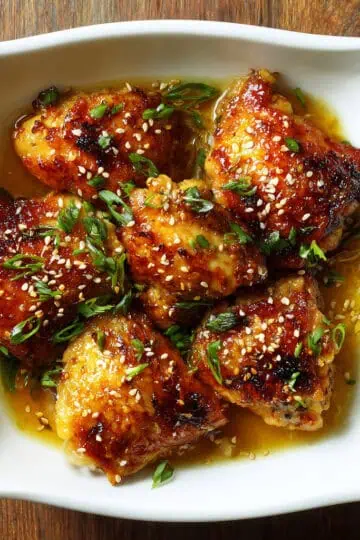
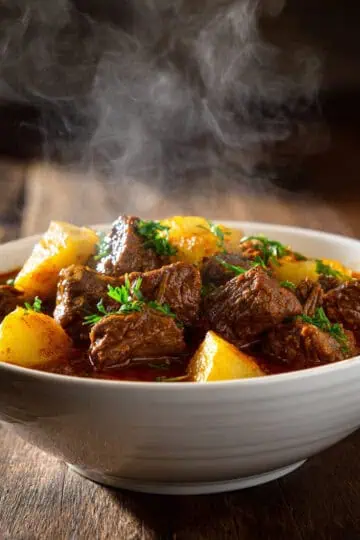
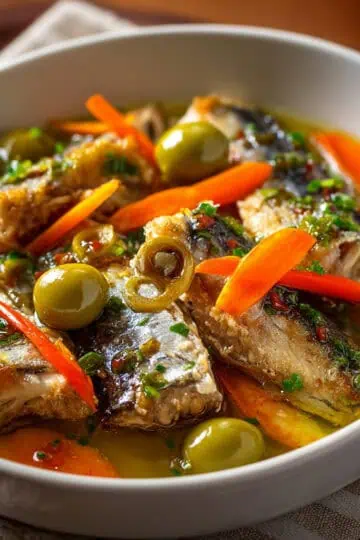
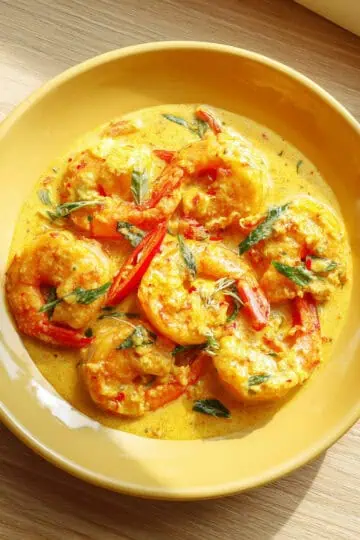
Comments
No Comments